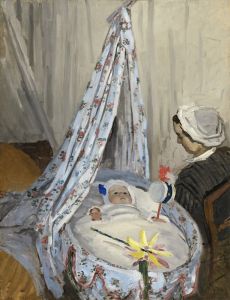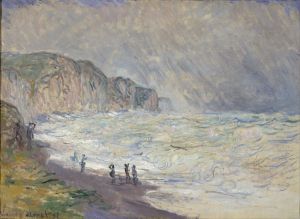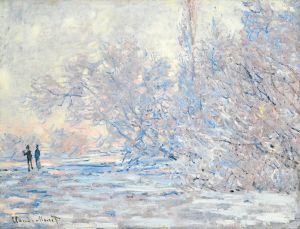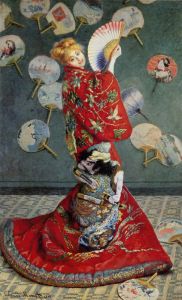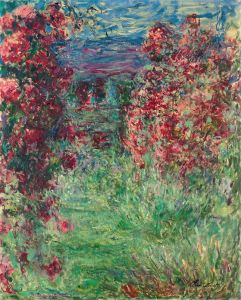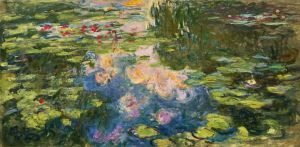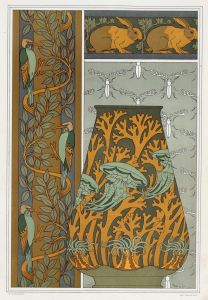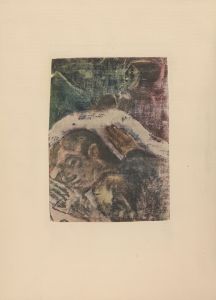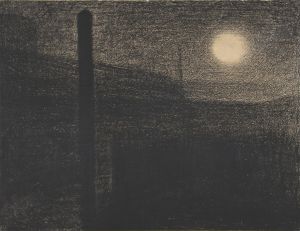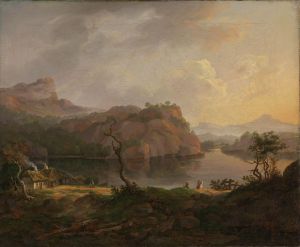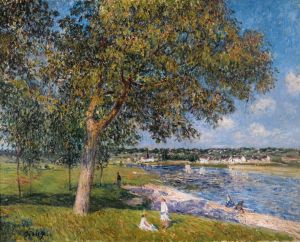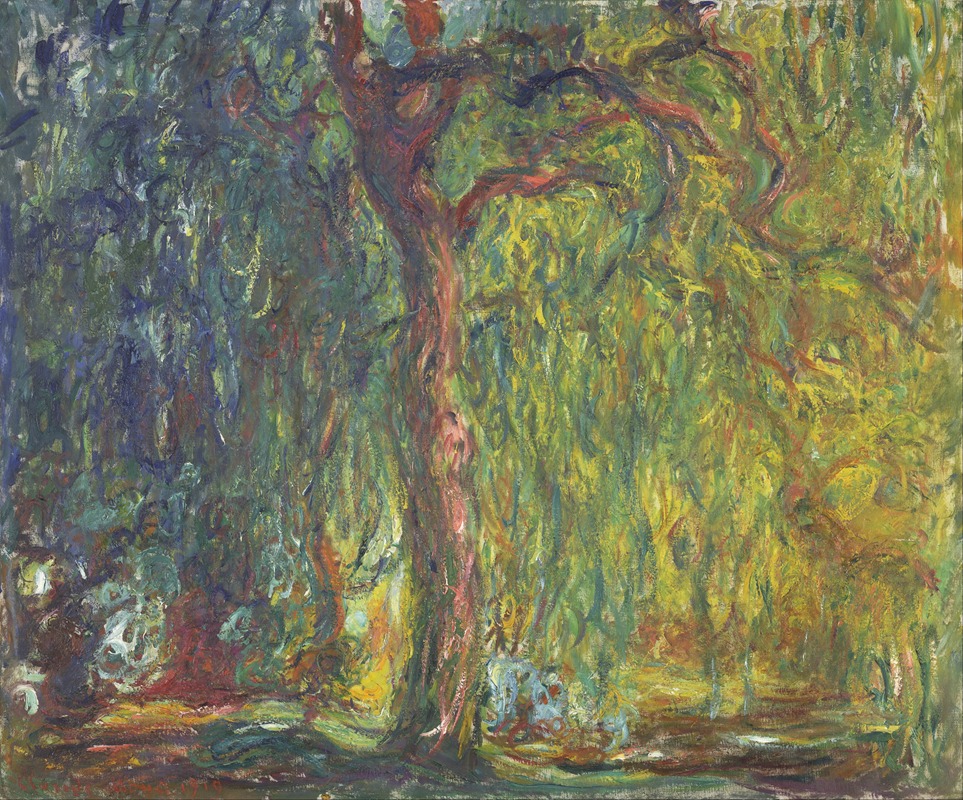
Weeping Willow
A hand-painted replica of Claude Monet’s masterpiece Weeping Willow, meticulously crafted by professional artists to capture the true essence of the original. Each piece is created with museum-quality canvas and rare mineral pigments, carefully painted by experienced artists with delicate brushstrokes and rich, layered colors to perfectly recreate the texture of the original artwork. Unlike machine-printed reproductions, this hand-painted version brings the painting to life, infused with the artist’s emotions and skill in every stroke. Whether for personal collection or home decoration, it instantly elevates the artistic atmosphere of any space.
Claude Monet's Weeping Willow is a series of paintings created during the later years of the artist's life, between 1918 and 1919. These works are part of Monet's broader exploration of his garden at Giverny, which served as a central subject in his art during his final decades. The Weeping Willow paintings specifically focus on the graceful, drooping branches of the willow trees that grew near the water lily pond in his garden.
The Weeping Willow series is often interpreted as a reflection of Monet's personal emotions during a tumultuous period in history. The paintings were created during World War I, a time when France was deeply affected by the conflict. Monet, who was in his late 70s at the time, expressed his sorrow and concern for his country through these works. The weeping willow, with its melancholic and somber appearance, became a poignant symbol of mourning and resilience.
Monet's technique in the Weeping Willow series demonstrates his mature Impressionist style, characterized by loose, expressive brushstrokes and a focus on the interplay of light and color. The paintings capture the dynamic textures of the willow's foliage and the shifting effects of light on its surroundings. Monet's use of rich, deep tones in some of the works conveys a sense of gravity and introspection, while other pieces in the series feature brighter, more vibrant hues, showcasing the artist's continued fascination with the changing qualities of nature.
The Weeping Willow paintings are part of Monet's larger body of work centered on his garden at Giverny, which he meticulously designed and cultivated to serve as a living inspiration for his art. The garden, including its iconic water lily pond and Japanese bridge, became the subject of many of Monet's most celebrated works, including his famous Water Lilies series.
Several paintings from the Weeping Willow series are housed in prominent art institutions around the world, including the Musée d'Orsay in Paris and the Museum of Fine Arts in Boston. These works are regarded as significant examples of Monet's late style and his ability to convey profound emotional depth through his depictions of nature.
Monet continued to paint until his death in 1926, despite struggling with cataracts that affected his vision in his later years. The Weeping Willow series stands as a testament to his enduring dedication to his art and his ability to find beauty and meaning in the natural world, even during times of personal and national hardship.





